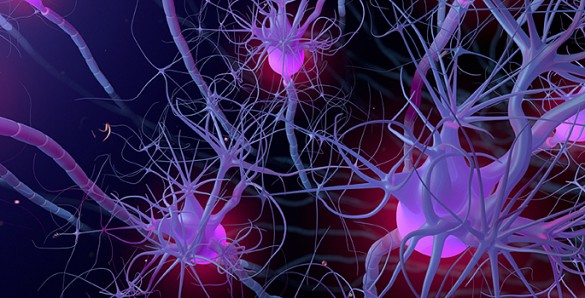by Yan Su
Putative heteromers (molecules consisting of different parts) formed by dopamine D1 and D2 receptors have been proposed to relate to the pathophysiology of depression and schizophrenia.
Because heteromers of G protein-coupled receptors have unique properties distinct from their individual components, they are novel drug targets.
However, a study led by Vanderbilt University’s Gregg Stanwood, Ph.D., and Jonathan Javitch, M.D., Ph.D., of Columbia University seriously challenges the existence of D1/D2 heteromers and a previous hypothesis that the drug SKF83959 activates them.
Recently in the journal Molecular Psychiatry, the researchers reported that locomotor and grooming behaviors in mice induced by SKF83959 still occur in the complete absence of several proteins required by the D1/D2 heteromer model. Moreover, the authors were unable to observe D1 and D2 protein interactions, and showed that even when the same brain cell co-expresses D1 and D2 receptors, those receptors are spatially segregated from one another.
Rather than focusing on D1/D2 heteromers, research programs might gain “more traction” by evaluating novel D1 receptor agonists, the researchers concluded.
The study was supported by National Institutes of Health grants MH086629, DA029499, RR024158, DA022413, MH054137, MH093672 and NS078291.
Send suggestions for articles to highlight in Aliquots and any other feedback about the column to aliquots@vanderbilt.edu

















